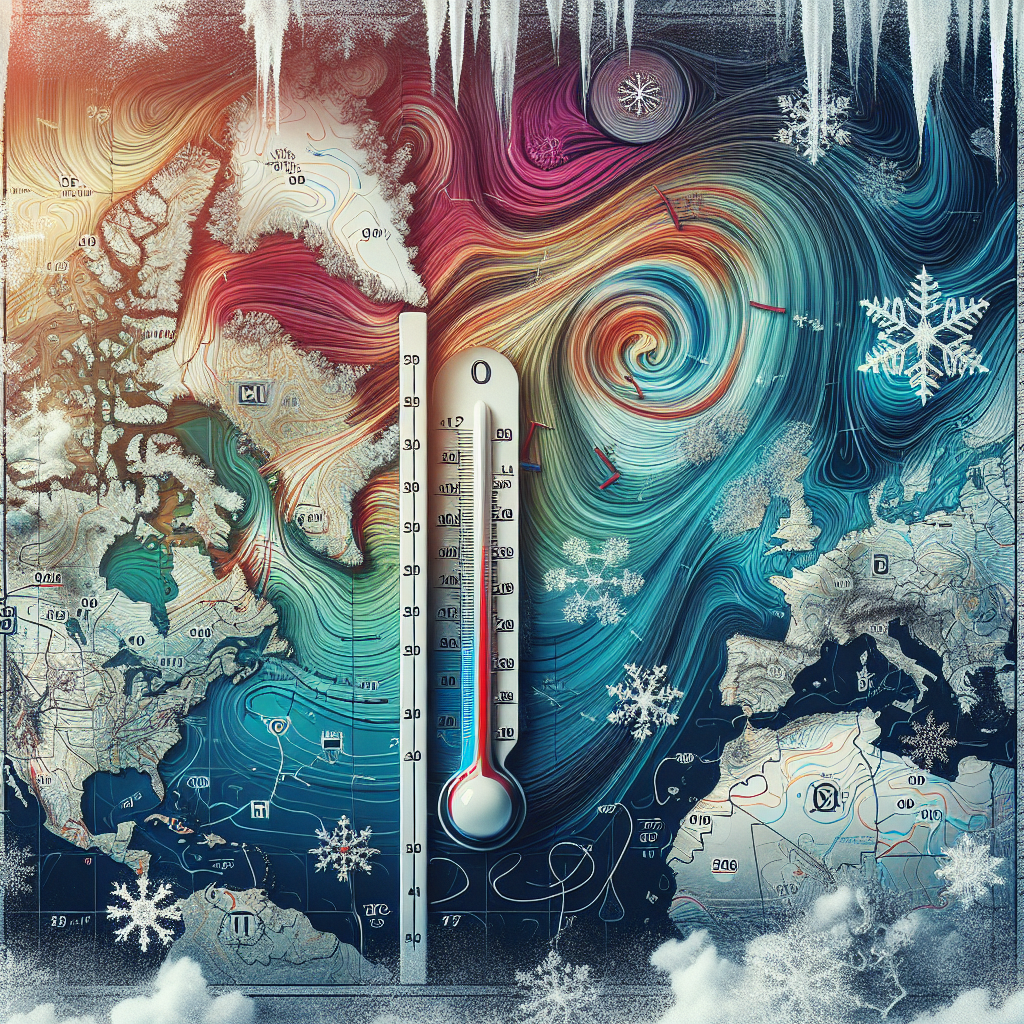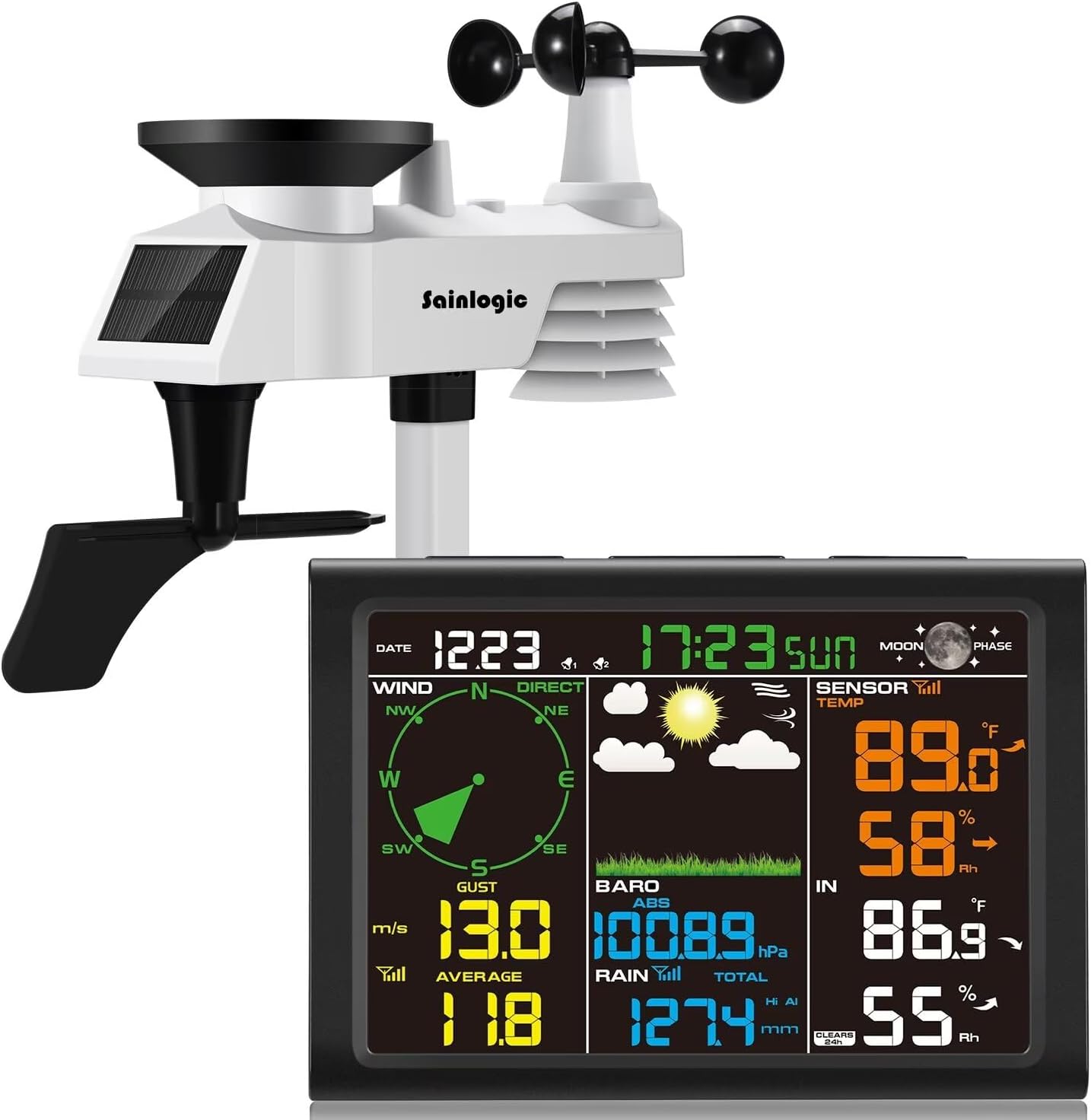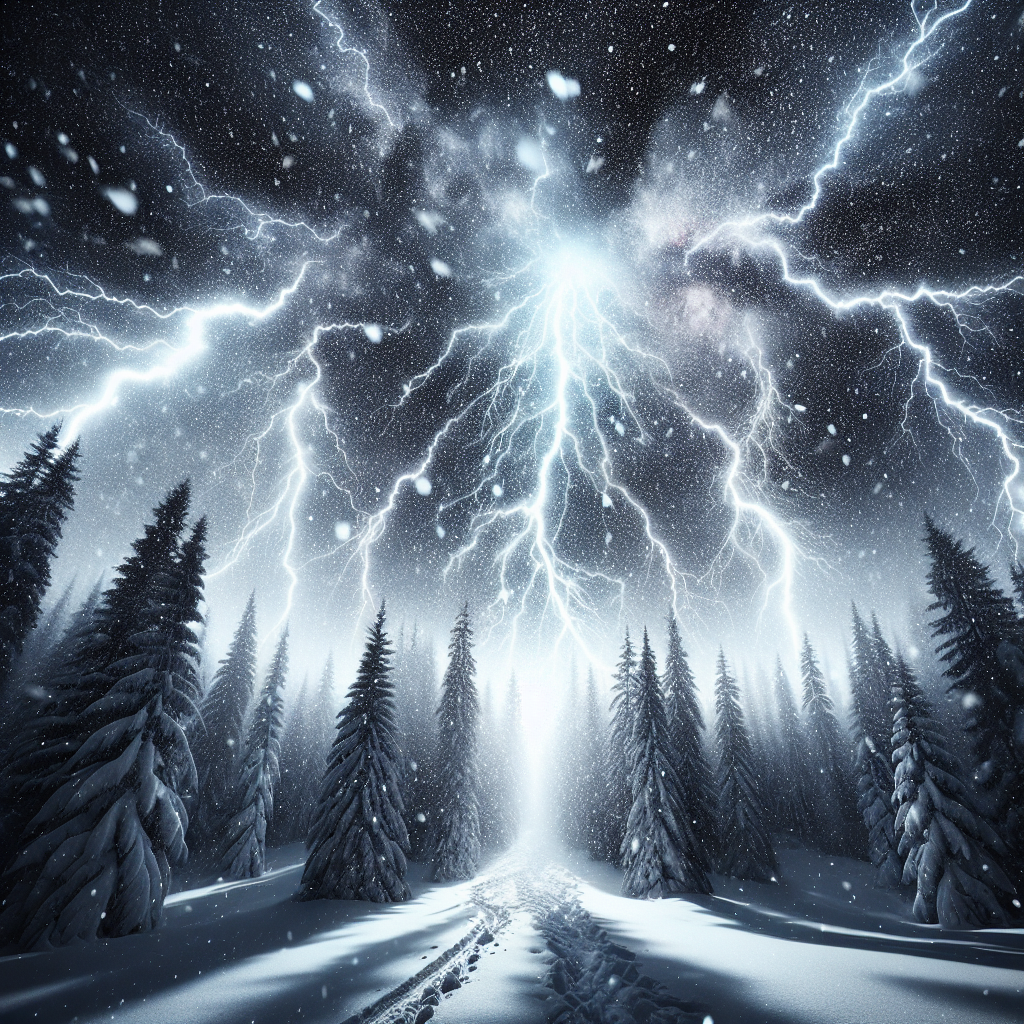The Chilling Effect of Frost: When Temperatures Drop
Understanding Frost Formation
Frost forms when the temperature of surfaces drops below the dew point, causing moisture in the air to condense and freeze. This phenomenon usually occurs during clear, calm nights when heat radiates away from the Earth’s surface into the atmosphere. The presence of dew and the subsequent drop in temperature is a critical component that leads to frost creation.
Types of Frost
Radiation Frost: This occurs on clear nights when ground temperatures fall rapidly. The cold ground cools the air immediately above it, leading to the formation of frost on surfaces.
Advection Frost: This type forms when warm, moist air moves over a colder surface. As the air cools near the surface, the moisture condenses and freezes.
Hoarfrost: Unlike regular frost, hoarfrost develops in extremely humid conditions, typically on calm nights. It creates a beautiful, feathery accumulation of ice crystals on surfaces.
Each type serves as an indicator of varying meteorological conditions and is pivotal in agricultural assessments and weather forecasts.
The Chemistry Behind Frost
Frost consists primarily of ice crystals. These crystals form when water vapor undergoes deposition, a process where gas transitions directly into a solid state, bypassing the liquid stage. The crystal structure of frost is primarily hexagonal due to the molecular arrangement of ice, which is a critical aspect of its physical properties.
The Impact of Frost on Agriculture
Frost can have devastating effects on crops, especially in the spring and fall. Understanding frost probability is essential for efficient farming. Here are the primary areas of impact:
Bud and Flower Damage: Many crops, including fruit trees and vegetables, are particularly vulnerable to spring frosts. When buds bloom, a sudden drop in temperatures can kill tender blossoms, leading to reduced fruit yield or complete crop failure.
Soil Temperature: Frost can also affect soil temperature, impeding plant growth. Crop roots are sensitive to low temperature, which can stunt development.
Frost Heave: This phenomenon occurs when freezing and thawing cause soil to expand and push plant roots out of place. This can destabilize seedlings and affect overall plant health.
Frost Areas: Regions with frequent frost episodes are often designated as hardiness zones, dictating what types of crops can be planted. Understanding your hardiness zone is vital for successful agricultural planning.
The Economic Impact of Frost
The chilling effect of frost doesn’t only impact crops; it can have wide-ranging economic effects. Below are some considerations:
Crop Insurance: Farmers often must turn to crop insurance following frost damage. This can raise costs, but it is a necessary safeguard against unforeseen weather events.
Market Prices: A significant drop in crop yield due to frost can spike market prices for those commodities due to reduced supply. For instance, a sudden freeze can make certain fruits or vegetables scarcer, driving up prices.
Labor Costs: In regions prone to frost, additional labor may be needed to cover crops with frost blankets or use heaters to mitigate the impact. This increases operational costs for farmers.
Frost Protection Strategies
Farmers have developed various strategies to mitigate the impact of frost on crops. Here are several common methods:
Row Covers: Lightweight fabric coverings can be placed over plants in the evening to retain heat and protect delicate blossoms.
Wind Machines: These devices mix warmer air from higher altitudes with cooler air at ground level, helping to prevent frost formation.
Irrigation: Watering crops before a predicted frost can help; as the water freezes, it releases heat, which can protect plant cells from freezing.
Cold Frames and Tunnels: These structures provide a microclimate, shielding crops from the full effect of cold air temperatures and frost.
Monitoring Frost Conditions
Farmers increasingly depend on technology to monitor frost risk. Here are several tools used for this purpose:
Weather Stations: Local weather stations provide real-time data regarding temperature, humidity, and frost forecasts, enabling timely decision-making.
Smartphone Apps: Numerous mobile applications provide alerts and real-time weather updates. These can notify farmers of potential frost events, allowing for prompt action.
Remote Sensing: Advanced satellite imagery can give insights into land surface temperatures and moisture levels, enhancing farmers’ ability to predict frost occurrences.
Climate Change and Frost Patterns
Climate change is significantly altering frost patterns globally. Warmer temperatures are leading to fewer frost days in some regions, while others experience unpredictable frost events. Here’s how climate alterations impact frost:
Delayed Spring Frosts: While some regions may see reduced frost, others are experiencing late-season frosts that can devastate crops that have already begun to bloom.
Geographical Shifts: Changes in climate zones are affecting which crops can successfully be grown in various regions. Farmers will need to adapt by selecting resistant varieties or changing traditional planting schedules.
Increased Variability: With unpredictable weather patterns, training on frost education and adaptive strategies is becoming increasingly important for farmers to mitigate economic losses.
Preparing for Frost
Farmers and homeowners alike must stay vigilant against the threat of frost. Here are key takeaways for preparation:
Know Your Zone: Understanding local frost dates helps in planning planting schedules effectively.
Monitor Weather Updates: Regularly check weather forecasts in the lead-up to potential frost events to take preemptive actions.
Adapt Cropping Practices: Finally, the cultivation of frost-resistant crop varieties can minimize losses, ensuring agricultural sustainability in a changing climate.
By recognizing the chilling effect of frost and employing strategic measures to combat its challenges, both agricultural producers and everyday gardeners can secure their crops and gardens against the whims of nature. Understanding frost means embracing knowledge, preparation, and an adaptability that aligns with the climatic demands of the future.


















